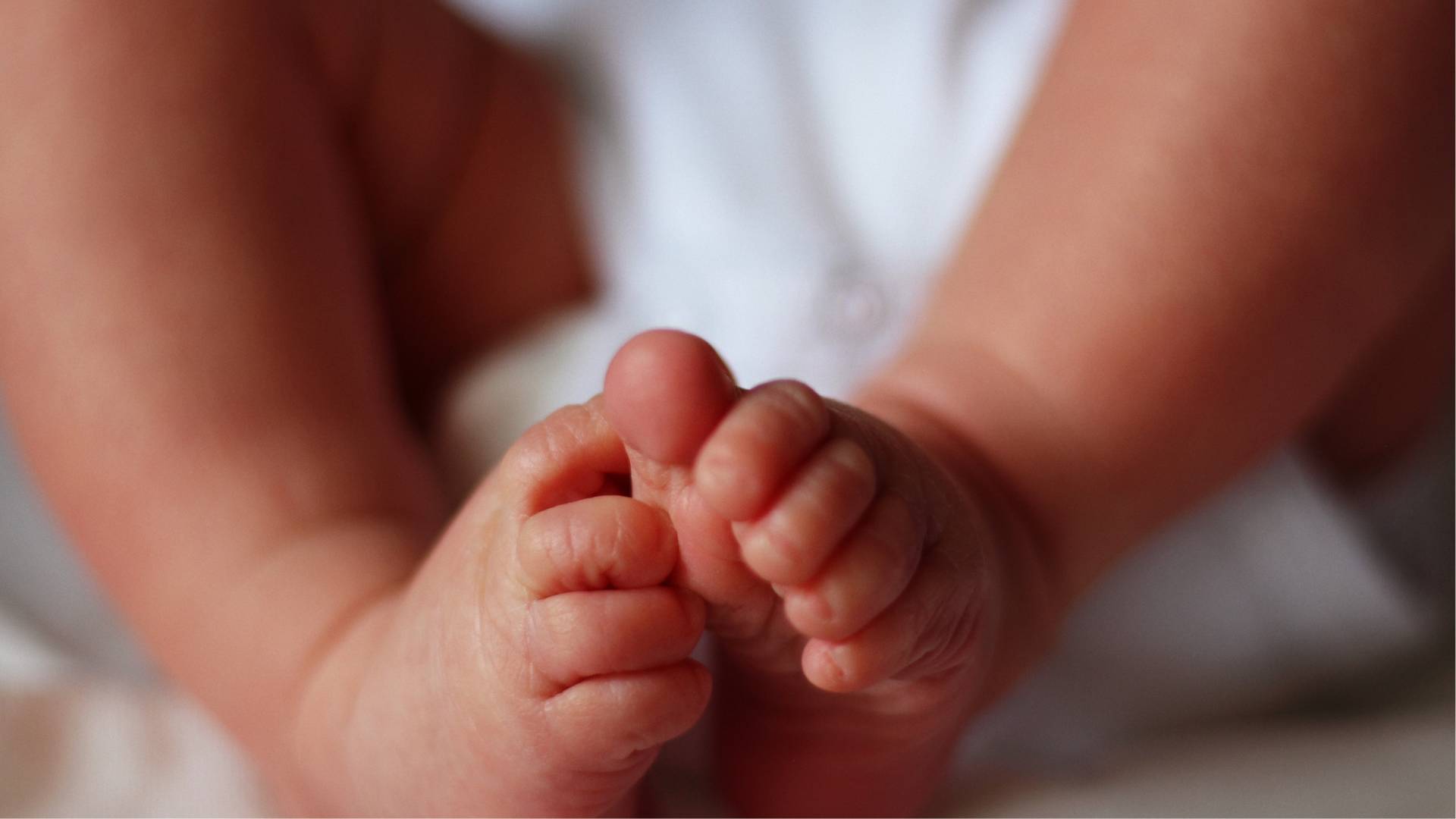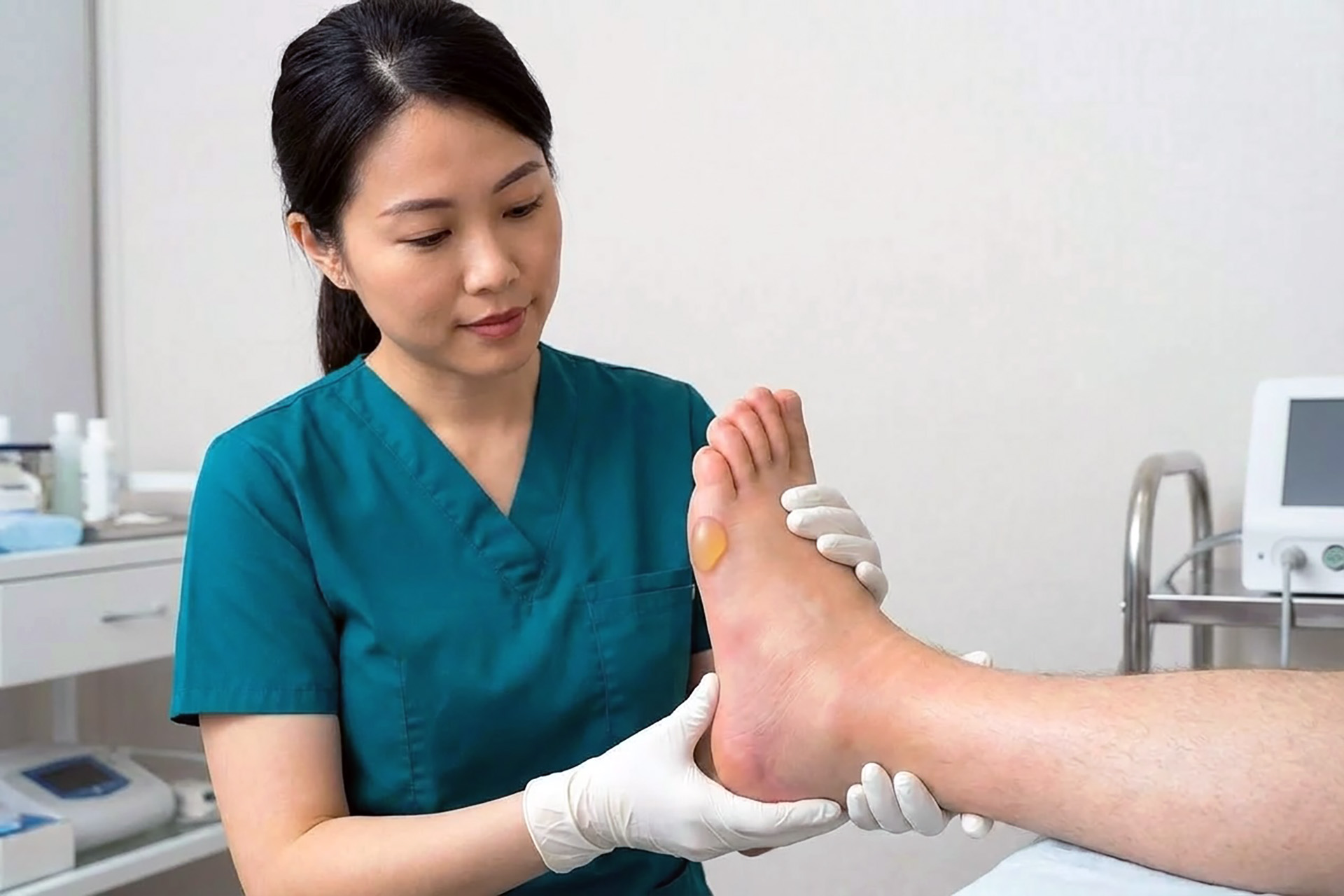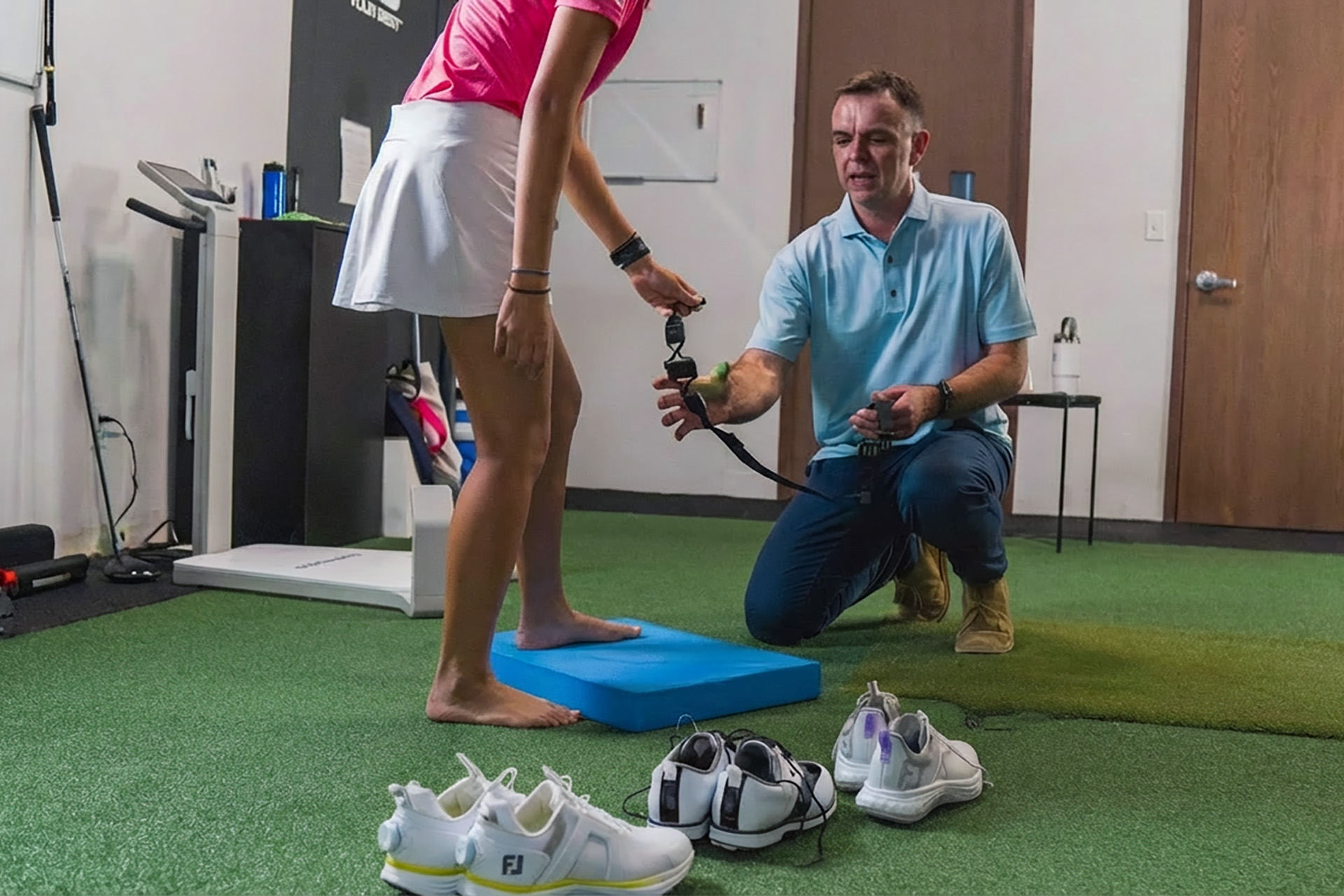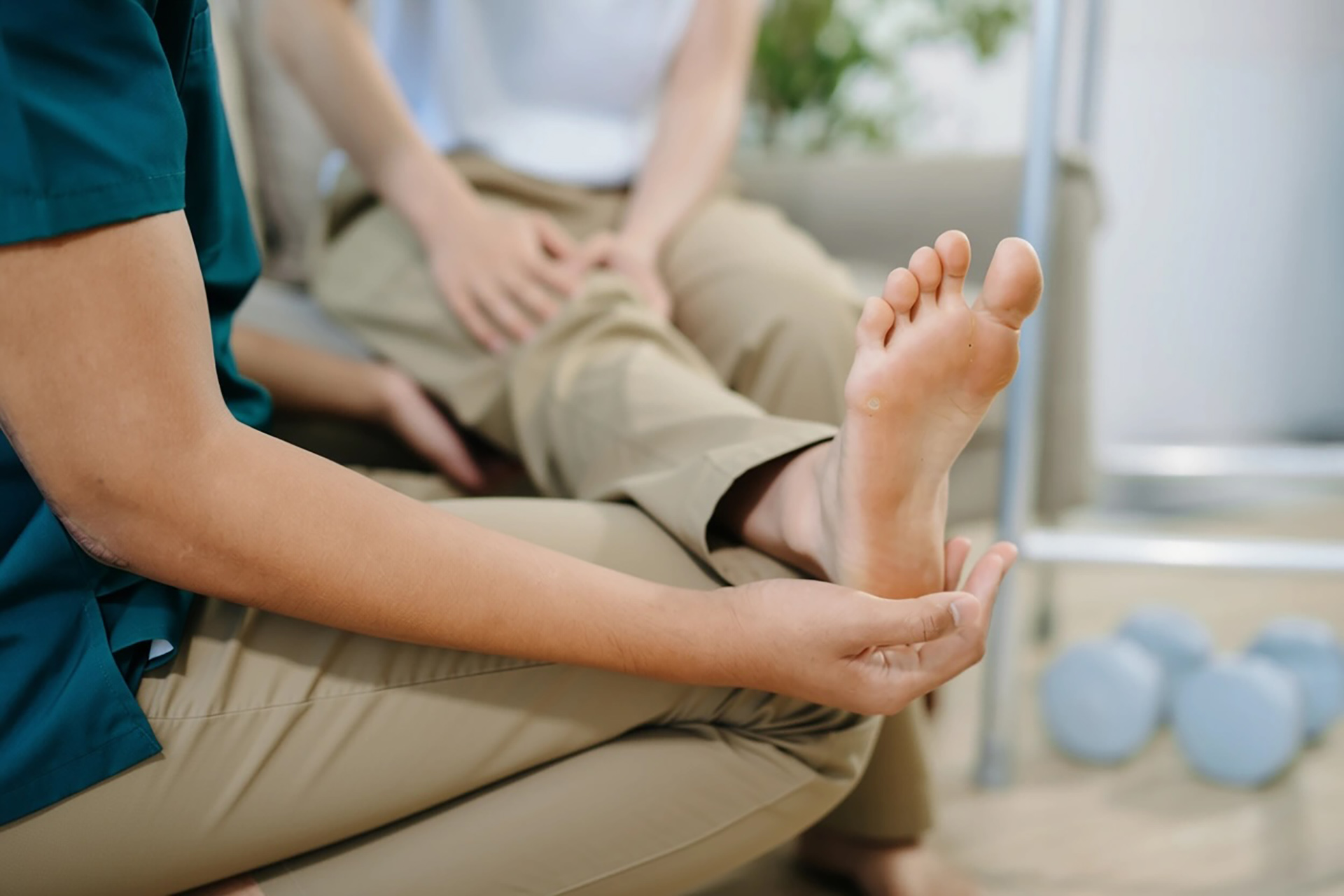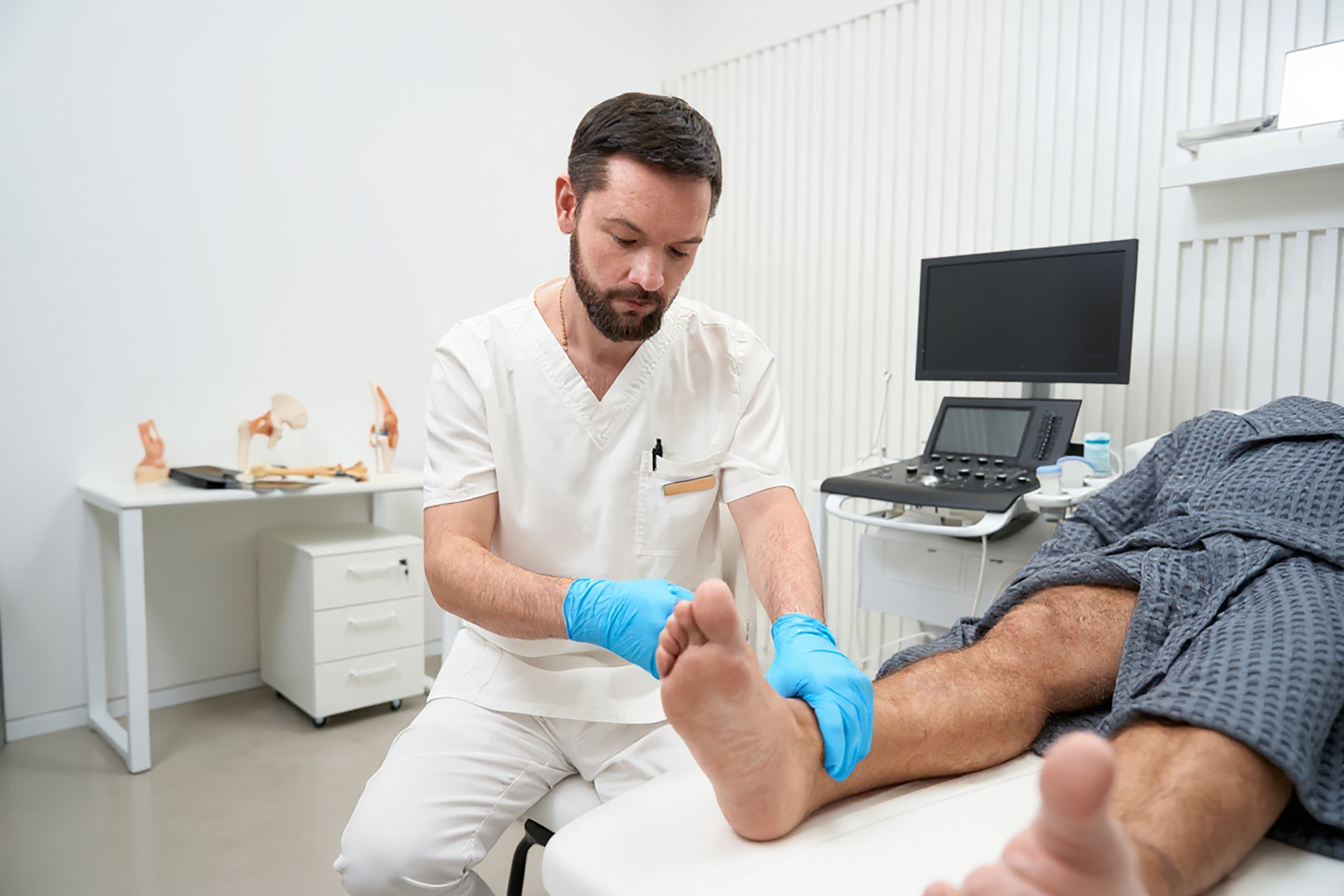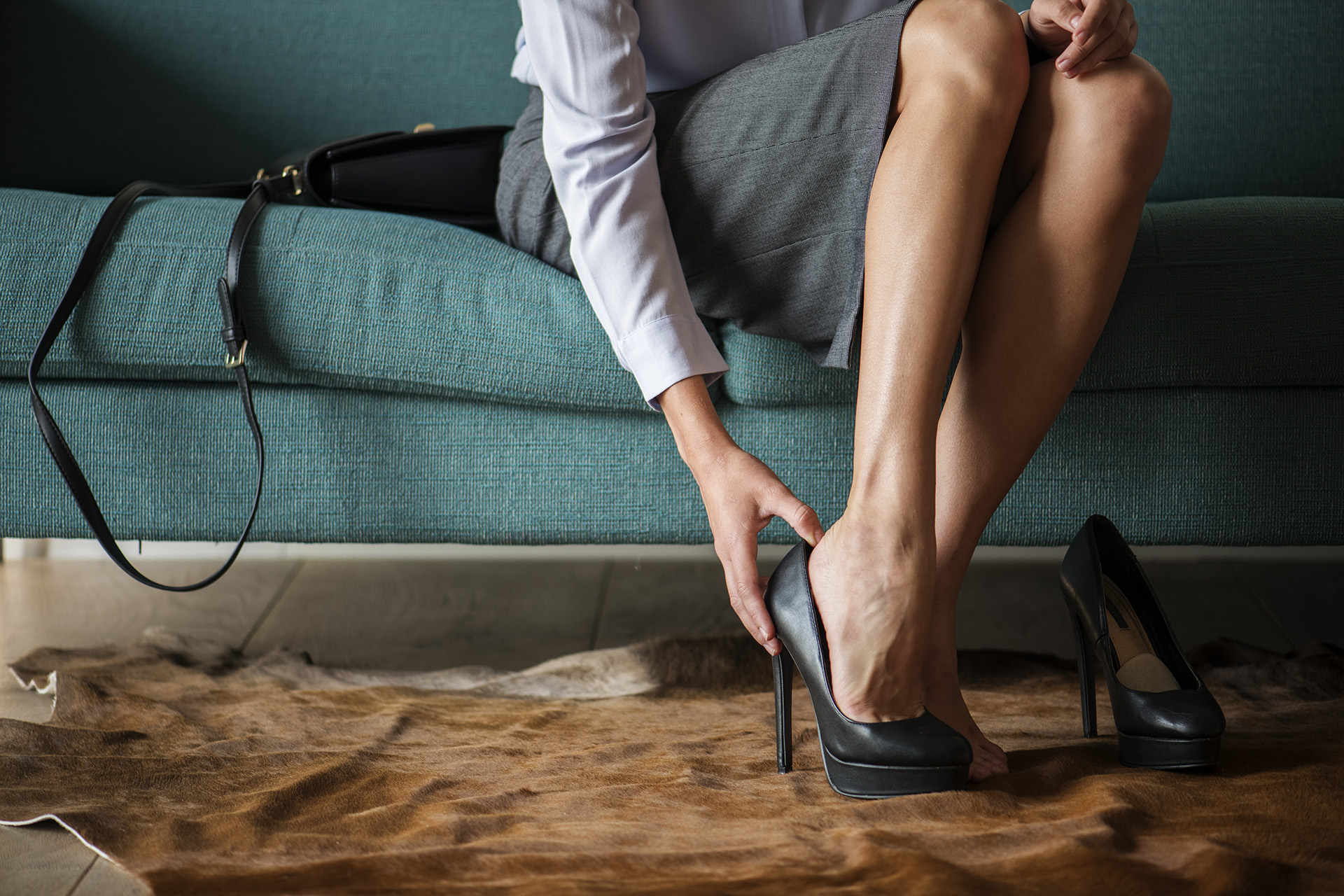Clubfoot is a congenital foot disorder in which the foot turns inward and downward at birth and remains tight in this position. It is a common birth disorder that occurs in about 1 in every 1,000 births and can range from mild and flexible to severe and rigid, with one or both feet affected. The cause is unknown, but the condition may be inherited, and risk factors include a family history of the disorder and being male.
Clubfoot can be corrected without surgery through gentle foot manipulation of the clubfoot to stretch the contracted tissues, followed by applying a cast to keep the correction in place, replaced every week for a specified period.
In some cases, the Achilles tendon needs to be released or cut to complete the correction of the foot. After the last cast has been removed, the baby will be fitted with a special splint to help prevent relapse, which will be worn for several months.
What Are The Signs of Clubfoot?
One major sign of clubfoot is when one of the affected feet is smaller than normal and turned inward, This means at resting, the sole of the foot is facing inward or downward, Other signs include a tight Achilles tendon, where the back of the ankle is tight causing the foot to turn inward. This is harder to know as the child will not be able to articulate where the tightness is. The last sign is stiffness, making it difficult to move the foot across a normal range of motion.
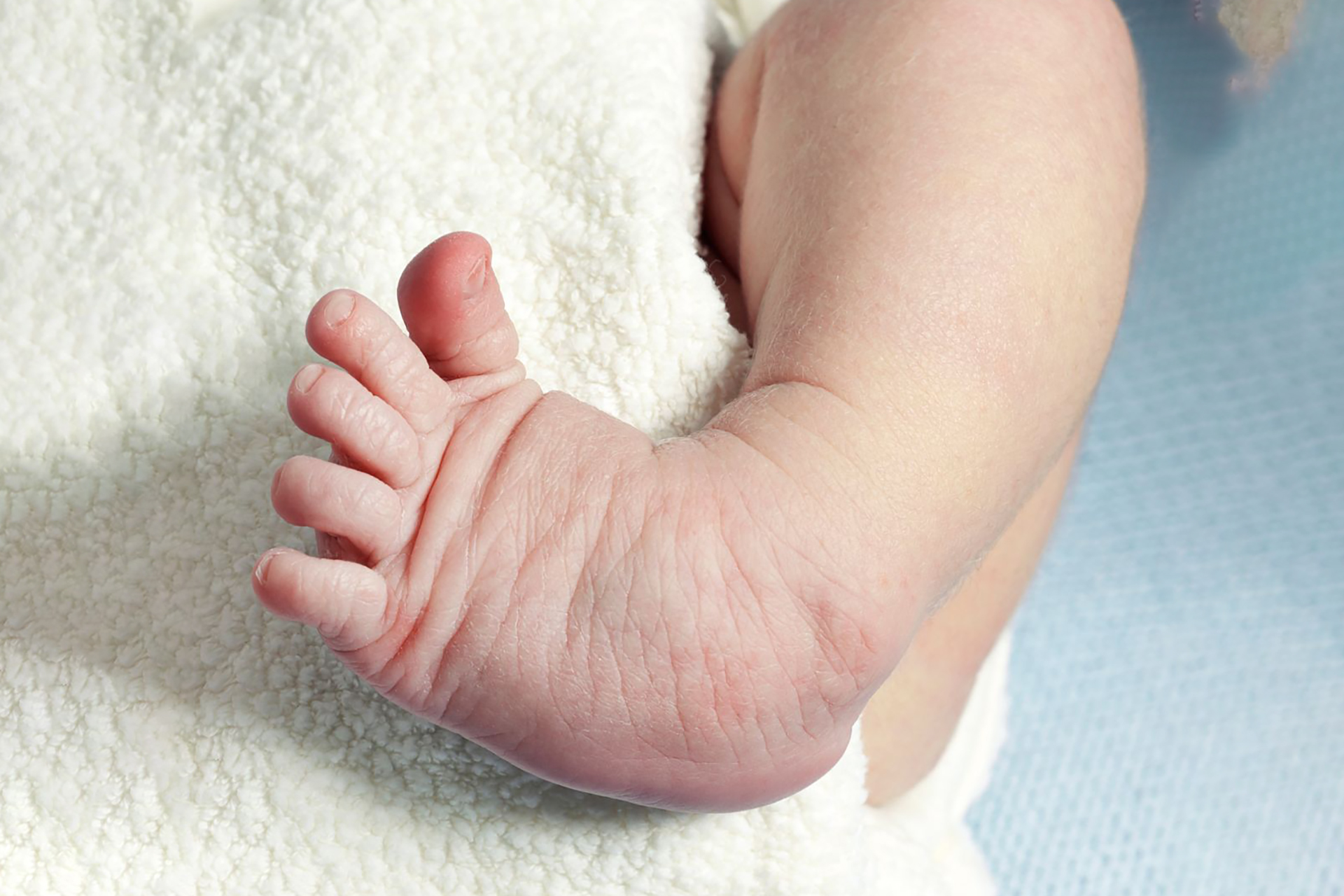
In most cases, clubfoot is diagnosed during a prenatal ultrasound. The doctor can tell from the scans that there is a deformity and develop an action plan. Eighty percent of all clubfeet cases are diagnosed by 24 weeks. Sometimes, the condition may only be evident after birth, and in those cases, a physical examination should be performed. In rare cases, an X-ray or CT scan may be used to ascertain the precise issue.
How Can Clubfoot Be Treated?
The treatment for clubfoot can begin soon after birth while the child’s bones, muscles, and ligaments are still malleable and flexible. A few options are available, some more invasive and others less so. Regardless of the intervention strategy, acting quickly for the best outcomes is key. Clubfoot can lead to severe long-term mobility issues and discomfort if left unattended.
The most common solution is the Ponseti method. This method aims to correct the alignment through a cast or brace while doing regular stretching exercises. Gentle stretching helps the foot learn what the correct position should be. A brace is often worn after this to reinforce the correction and prevent the issue from resurfacing. The entirety of this process usually lasts between two to three months.
In some cases, the deformity may be too severe for the Ponseti method. In these cases, surgery may be necessary to release the tight tendons, like the Achilles tendon, or reposition a bone within the foot. This can help correct the alignment of the foot.
What Causes Clubfoot?
Research has yet to provide a definitive answer to the causes of clubfoot. It seems to be a combination of environmental and genetic factors, though many children with clubfoot are born to parents who do not have the condition.
We know that it is more likely to occur in boys than girls. Twice as many boys are born with clubfoot than girls, another predictive factor is whether the siblings have clubfoot: if a boy has clubfoot, there is a 2.5% chance that their sibling will be born with it. If a girl has clubfoot, those odds rise to 6.5%.
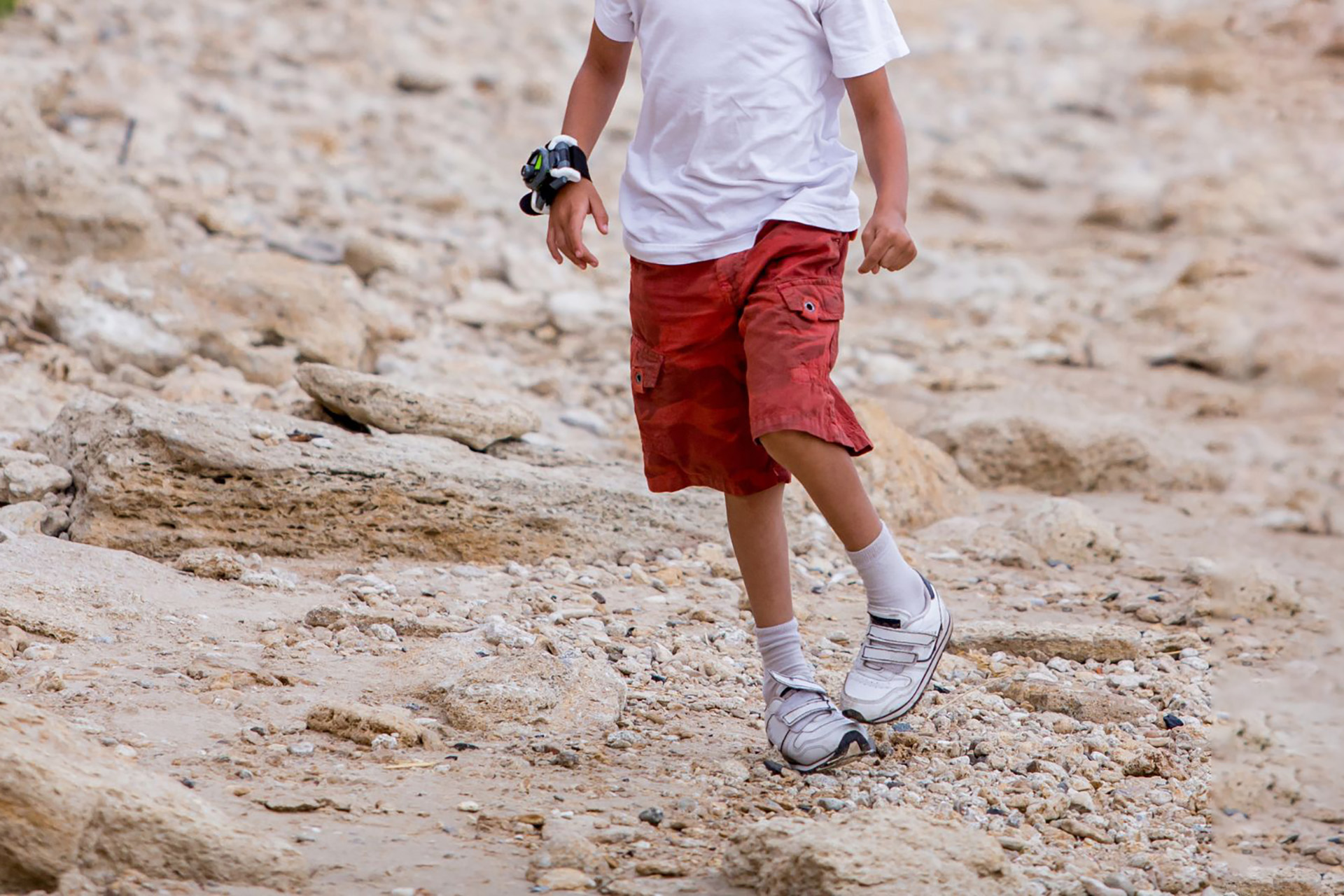
Clubfoot is, however, very treatable. With current advances in medicine and technology, managing the condition can be simple as long as action is taken quickly. Parents need not fret about their children being born with clubfoot.
If there are any lingering concerns, a paediatric podiatrist can walk you through how to manage your child’s condition and prevent a relapse. If you are concerned about clubfoot in your child, make your appointment with The Foot Practice today to speak with our paediatric podiatrist.

